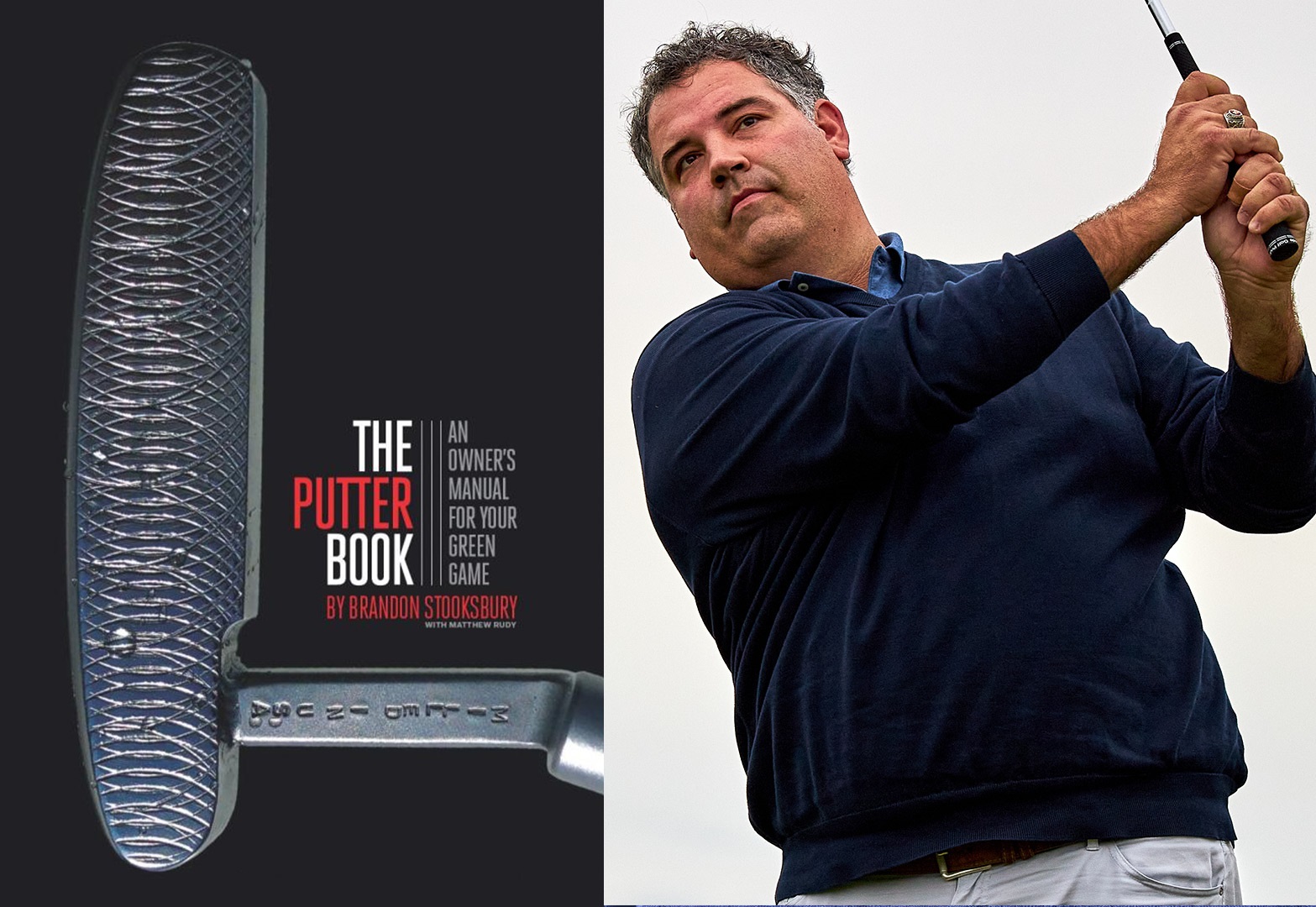
**UPDATE: Congratulations to our winners of the Brandon Stooksbury Putter Book Sweepstakes – Mike B., Joe T., Dave N. and Mike P. In addition to providing our winners with signed copies of The Putter Book, Brandon was kind enough to film video responses to the four great questions submitted by Mike, Joe, Dave and Mike. We hope you enjoy the videos that follow.
All of us at Titleist wish to extend many thanks to Brandon for all his help with this sweepstakes and for guiding us all on the road to better putting!
What is your favorite putting drill/one you recommend most? – Mike B.
Should I have more pressure on my right hand pushing the putt or both hands equal pressure both pushing the stroke and pulling at the same time? – Joe T.
Brandon, is it better to have a short back swing and follow through with different speeds? – Dave N.
We've gone from thin forged blade (bullseye style) flatsticks to all sorts of exotic shapes. How good were golf legends putting with old fashioned head shapes, and what are the keys to head shape today to help me putt better? – Mike P.
Please continue to submit your questions for Brandon and remember that copies of The Putter Book are still available at Amazon.com.
• • •
Hey, Team Titleist!
Whether you're a terrific putter looking for that little extra edge or a struggling putter who wants to turn your Achilles' heel into a strength, we have some great news. Titleist Staff member and short game guru Brandon Stooksbury has authored a new instructional must-have – The Putter Book: An Owner's Manual for Your Green Game. Brandon wrote the book with the help of Golf Digest Senior Writer, Matt Rudy and it covers everything from setup and stroke fundamentals to putter fitting, green-reading and practice drills.
Please visit Amazon.com to purchase your own copy of The Putter Book and while you're at it, check out his companion manual, The Wedge Book, in which Brandon compiles a lifetime of short game wisdom.
We're extremely proud of our affiliation with staff members like Brandon and we hope you'll check out his entire library of short game video instruction on the Titleist Instruction Center.
• • •
BONUS SWEEPSTAKES:
And here's the best part! Brandon has set aside four signed copies of The Putter Book exclusively for four lucky members of Team Titleist.
HERE’S HOW TO ENTER - PLEASE READ CAREFULLY: Add a comment in the box below in the form of a putting-related question for Brandon, then hit the "Submit Reply" button.
Sample entry: "Brandon, how do I make more three-footers?"
Yes, it's that easy.
**************
We’ll randomly select four (4) winners from all approved entries that are submitted by Tuesday, May 11 at 11:59 PM. Brandon will respond to the questions submitted by our winners in video form, which we will then upload to this discussion thread.
A few more important details... Only one entry per person. If you send in multiple replies, you'll be disqualified from the contest. Don't forget to include all of the details outlined above or your entry will not be considered eligible.
After the drawing, Brandon will respond to as many submitted questions as he can to help us on the greens for the rest of the season.
Keep in mind, all posts are moderated and it may take some time for your reply to appear. We'll do our best to approve posts quickly but if you enter more than one reply, we have to disqualify you from the drawing (sorry to repeat this but we want to make sure it's clear).
No purchase necessary. View complete rules here: http://www.titleist.com/company/Community-Policy.aspx#sweepstakes
U.S. only. Here's some more info: Why are Titleist sweepstakes U.S. only?
Good luck!